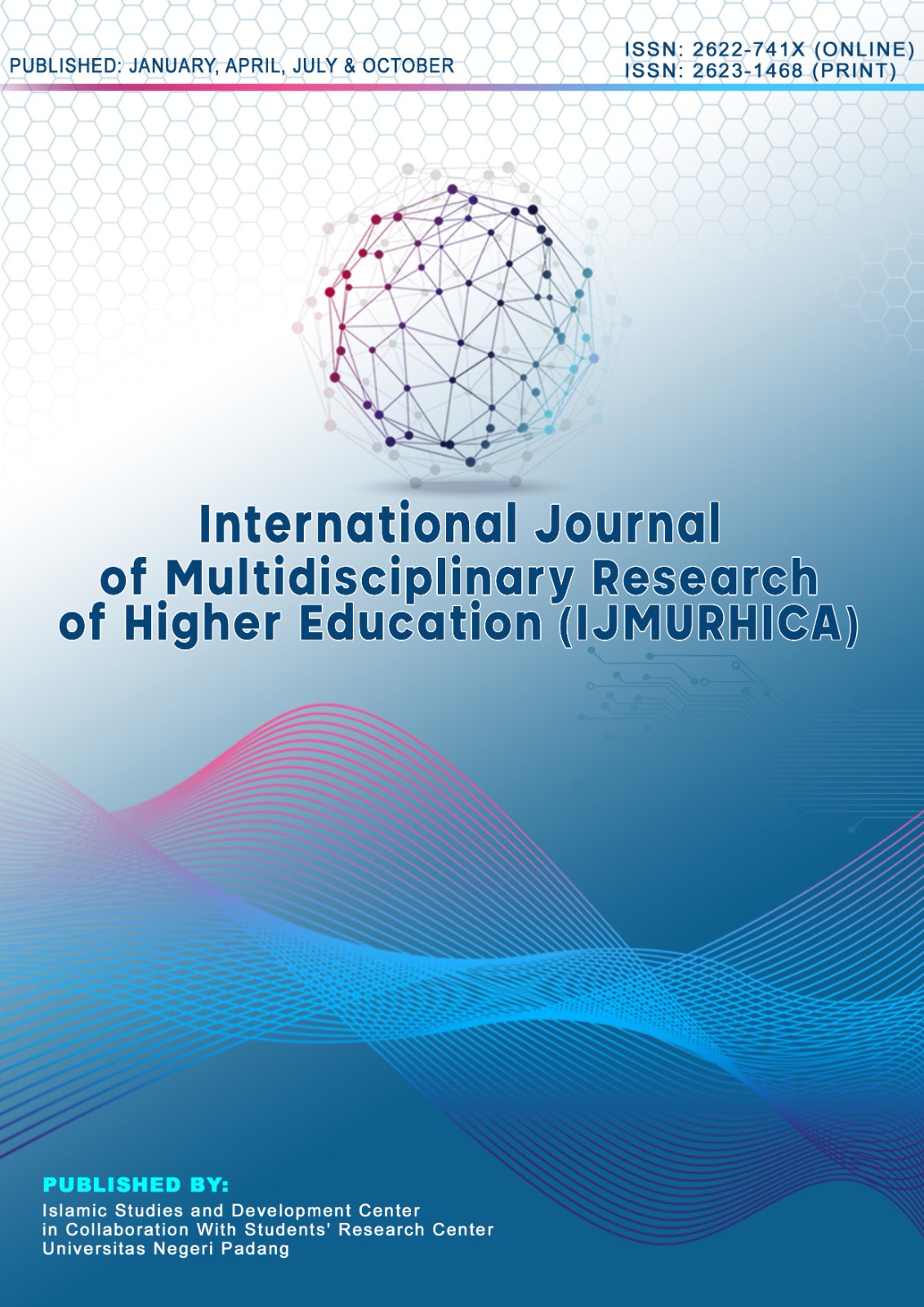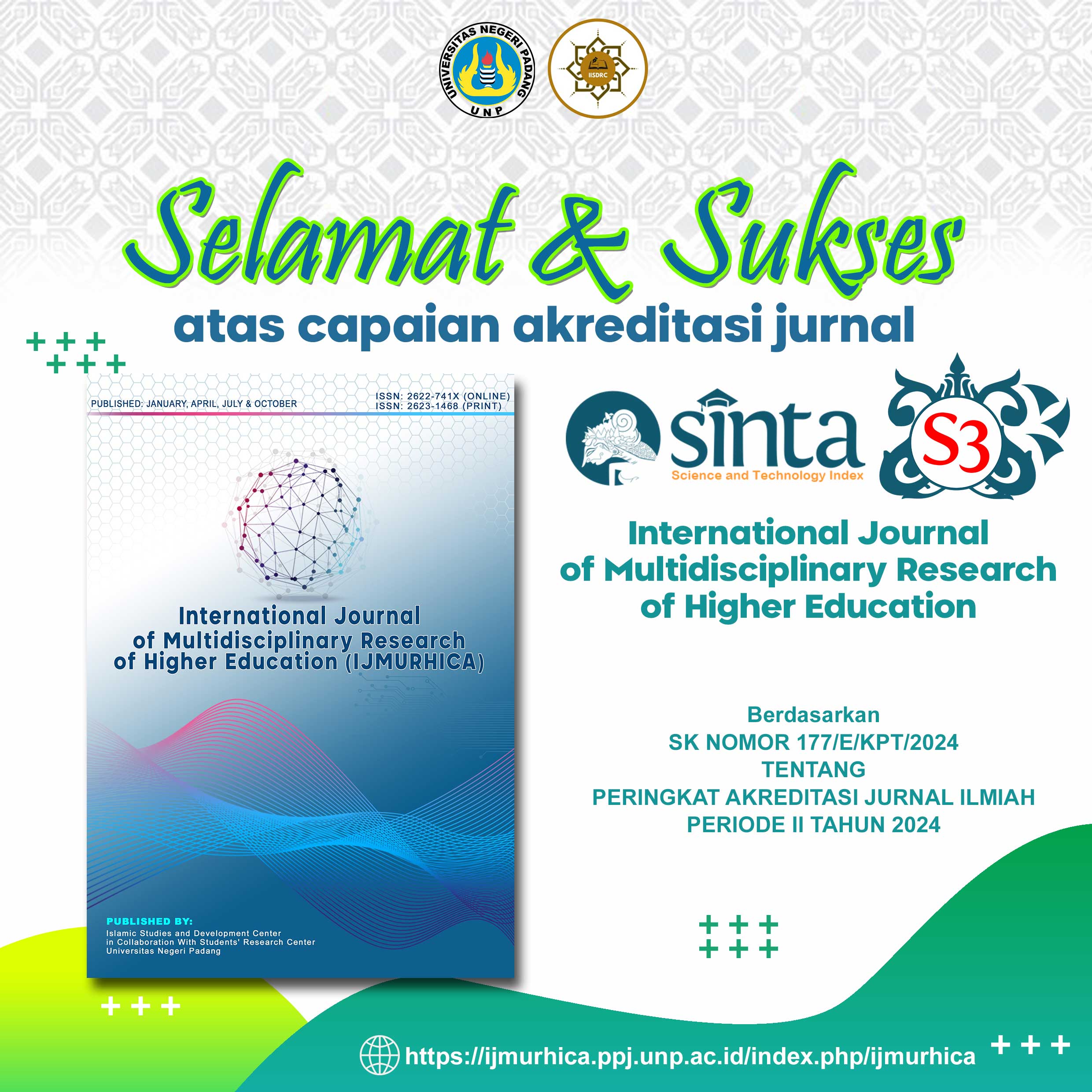The Implementation of the Gale-Shapley Algorithm in School Admission Preferences: An Analysis of Matching Efficiency and Allocation Equity
DOI:
https://doi.org/10.24036/ijmurhica.v8i4.409Keywords:
Gale-shapley, school admission, matching efficiency, allocation equityAbstract
In today’s educational landscape, integrating algorithmic approaches into school admission systems is crucial to ensure fairness, transparency, and efficiency. This study investigates the application of the Gale-Shapley algorithm to address the challenges of student-school matching, which often result in mismatches and inequities. This study aims to explain how the Gale-Shapley algorithm can ensure stable student placement, where no pair of students prefers each other over the post-assignment. Employing a mixed-methods approach, we combined a literature review with a simulation-based implementation using Python. A test case involving four students and four schools was used to validate the algorithm’s performance. The preferences of both students and schools were modeled, and the Gale-Shapley algorithm was applied to generate stable matchings. Authors analysis focused on evaluating the stability, fairness, and efficiency of the outcomes. The results demonstrate that the algorithm consistently produces optimal and conflict-free placements aligned with participant preferences. These findings highlight the algorithm’s potential to enhance the equity and effectiveness of school admission processes, particularly when applied to real-world educational settings. The implications of the discussion show that it supports trust in the admission system, because the stability and transparency of the process increase legitimacy and acceptance by all parties, including students, schools, and educational authorities.
Downloads
Downloads
Published
How to Cite
Issue
Section
License
Copyright (c) 2025 Randi Proska Sandra, Alkindi Syamsi, Arafil Azmi, Natasya Febriani, Resti Apriliyanti, Pranav Nerurkar

This work is licensed under a Creative Commons Attribution-ShareAlike 4.0 International License.






